Speakers are the tools used to listen. Sound quality is its most important quality. As long as the sound is good, everything can be ignored - at least for fans and enthusiasts who really need to buy speakers to listen to music. We know that sound is a subjective thing. Its quality is not judged by a strict set of standards. It is mainly determined by personal preference. A high-value speaker is not necessarily satisfactory to everyone. A low-value speaker doesn't seem to be worth everyone. Everyone has different listening preferences, different understandings of sound, and different requirements for sound quality, which is difficult to standardize in and of itself.
But these are just the sound styles, such as people's preference for a sound style, speaker products still have a lot of hard quality, although these hard qualities still have no way to accurately measure, but at least the quality of hard quality is good or bad. Still most people can agree and be able to compare. Many speakers use a good crossover technology, excellent cabinet design, acoustic structure, and unique unit technology to enhance the hard quality while providing a better sense of hearing.
How to pass the test? Full analysis of the main parameters of the speaker
The quality does not necessarily mean that this speaker can be good, but the quality determines the quality of this speaker. Many people buy speakers to look at the parameters, and some people never bother to see these, but have to admit that although the parameters are not the only standard to determine the sound of the speaker, but at least can give people a reference. Many indicators actually have very practical meanings, which will directly affect their quality and ability to adapt to what kind of music to listen to.
For example, power, unit size, and speaker materials are often noticed by people, but they also have a certain amount of trickiness. Many speaker salesmen are fooling people with some conceptually confusing parameter values. So for these parameters we still need to understand and be clear. Of course, there are some parameter standards that everyone may not pay attention to in peacetime. I hope that you can have some understanding in this article.
â— Playback power
The playback power indicator can be divided into two categories: rated power and maximum withstand power. The rated power indicates that the speaker has a continuous analog signal with a specified waveform within the rated frequency range. After a certain time interval and repeated a certain number of times, the speaker of the speaker is not The maximum electrical power at which any damage occurs. In general, in order to cater to the general consumer psychology, sellers often mark music power very much, so the selection of multimedia speakers must be based on rated power.

Peak power is not equal to rated power is 600W
The maximum power of the speaker's speaker is mainly determined by the power of the power amplifier chip, and it also has a lot to do with the power transformer. You can get a rough idea of ​​the weight of the internal power transformer by feeling the weight difference between the main and sub speakers. Generally speaking, the heavier the transformer, the greater the maximum power. Of course, when selecting a speaker, individual users should not care too much about its power. Usually, a speaker with a power of 50W is enough.
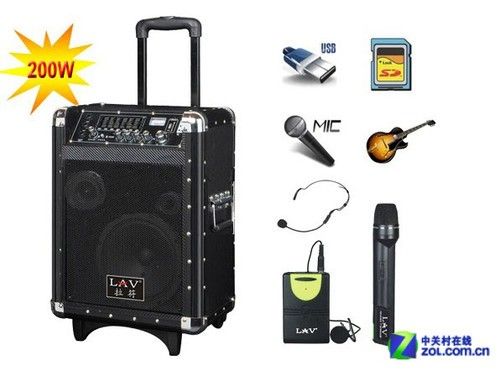 The claimed high power seems to be very attractive
The claimed high power seems to be very attractive
â— Frequency response range
This indicator is actually composed of two parts: the frequency range and the frequency response. The frequency range represents the lowest value of the effective playback frequency of the speaker playback system and the range of the highest effective playback frequency. The frequency response indicates that a stable voltage output is used. When the audio signal is connected to the speaker system, the sound pressure generated by the speaker system will increase or decrease with the change of the sound frequency, and the phase changes with the frequency, and the frequency response refers to this. The relationship between sound pressure and phase and frequency, the magnitude of the frequency response is usually expressed in decibels.
 Frequency response curve
Frequency response curve
This indicator is a very important criterion to measure the overall performance of the speaker. This indicator has a direct relationship with the performance and price of the speaker. Generally, the smaller the decibel value of the frequency response, the flatter the frequency response curve of the speaker and the more the distortion. Small, the higher the playback performance. Conversely, if the decibel value of the frequency response is larger, the playback distortion of the speaker is greater, and the playback effect is relatively worse.
â— Impedance size
This indicator indicates the ratio of the voltage and current of the speaker input signal. Generally, the input impedance of the speaker can be divided into two categories: high impedance and low impedance. Among them, speaker speakers higher than 16 ohms are of high impedance level, lower than 8 Euro speakers are low impedance grades, and the standard impedance of a typical speaker is 8 ohms. In the case of the same power amplifier and output power, a low-impedance speaker can generally achieve a large output power, but the impedance is too low, which may cause under-damping or even bass degradation. Therefore, it is recommended that you do not pick those low-impedance speakers. It is good to choose the international standard recommended value of 8 ohms.
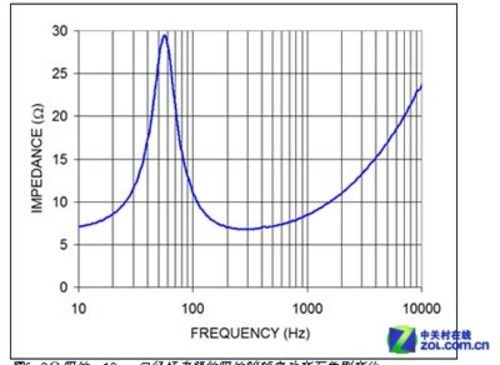
Impedance curve
At present, the nominal impedance of the speakers on the market is 4 ohms, 5 ohms, 6 ohms, 8 ohms, 16 ohms, etc., of which the two standards are mostly 4 ohms and 8 ohms. A concept that is easily confused with the impedance magnitude is called the "damping coefficient". This concept refers to the speaker impedance divided by the internal resistance of the amplifier source, and the range is about 25-1000. The speaker cone is oscillated several times after the electrical signal has disappeared to completely stop the oscillation, and the voltage generated by the coil generates current and magnetic field to prevent this parasitic motion, which is damping. The magnitude of the current, that is, the damping effect, depends on 0.1 ohm, but due to the series resistance of the speaker voice coil and the series resistance of the frequency division network, the damping coefficient is generally difficult to reach a size of 5O.
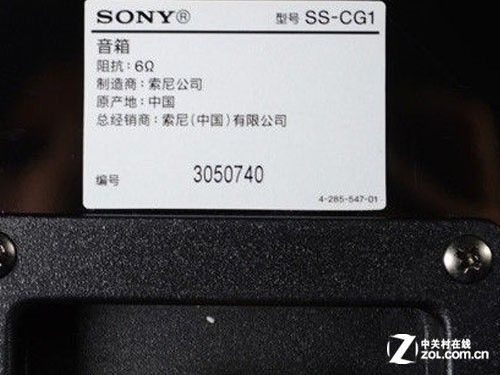 Many speakers will mark the impedance value
Many speakers will mark the impedance value
â— Degree of distortion
The concept of speaker distortion and amplifier distortion is basically the same, except that the amplifier inputs an electrical signal, the output is still an electrical signal, and the speaker inputs an electrical signal, and the output is a sound wave signal, so the distortion of the speaker indicates electricity. The amount of distortion that occurs when converting between a signal and a sound signal. The degree of distortion is only a general statement. It should be divided into three types: harmonic distortion, mutual distortion and transient distortion.
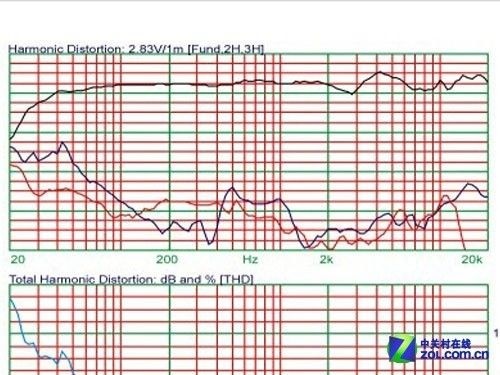 Distortion curve
Distortion curve
Harmonic distortion means that the sound playback has increased the distortion caused by the higher harmonic components of the original signal; the intermodulation distortion mainly affects the tone quality of the sound of the speaker broadcast; and the transient distortion is due to the internal speaker of the speaker. The inertial mass exists, and the vibration of the basin cannot keep up with the difference between the original signal and the playback sound caused by the vibration of the instantaneously changing electrical signal. Usually this indicator is expressed as a percentage. The smaller the percentage, the smaller the distortion of the speaker. Ordinary human ears are not very sensitive to distortions within 5%, so choosing a speaker with a distortion of less than 0.5% is more suitable.
â— Speaker material
The speaker material index indicates the material quality of each part of the speaker. The better the material, the higher the quality of the speaker. Generally, the general low-end speaker enclosures are mostly made of plastic. Such enclosures look thinner and cannot overcome the acoustic resonance phenomenon during low-frequency playback. At the same time, the sound distribution of the two cabinets is very poor; slightly better. The speaker of a little material is mostly a wooden speaker. This kind of speaker reduces the sound and dye caused by the resonance of the box to a certain extent, and is generally better than the low-grade plastic speaker in terms of sound quality.
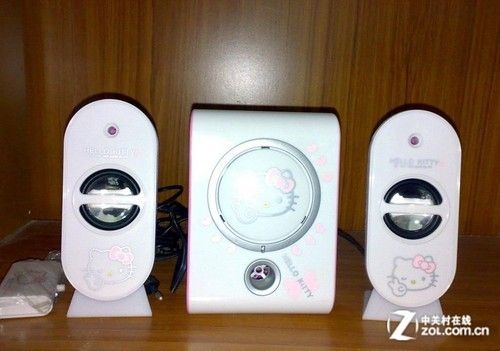
How does this plastic cabinet sound sound a question mark?
In addition to paying attention to the material of the enclosure, the material quality of the loudspeakers that make up the enclosure should also be considered. At present, the tweeter is often dominated by a dome, with a titanium dome and a soft dome. The former has a higher frequency upper limit and the high-pitched tone is brighter, which is superior to the latter in an analog sound source system; the latter is widely used in medium and high-end In the speaker, the digital sound source can reduce the hard feeling of the high-frequency signal, giving a gentle, smooth and delicate feeling. The speakers connected to the computer sound card use more PV domes and silk films, and the PV film treble is the cheapest tuner unit. The performance of the treble is not clear and clear.
 Wooden cabinets are still more recommended
Wooden cabinets are still more recommended
The woofer is relatively important. The key is that it determines the characteristics of the sound of the speaker. The most common types are the following: paper cones, tight press basins, paper-based wool hoops, reinforced paper cones, etc. Low cost, good rigidity, high internal damping, etc. The disadvantages are poor moisture resistance and uncontrollable consistency in manufacturing. It has a relatively average performance on various musical sound effects and is a common feeling.
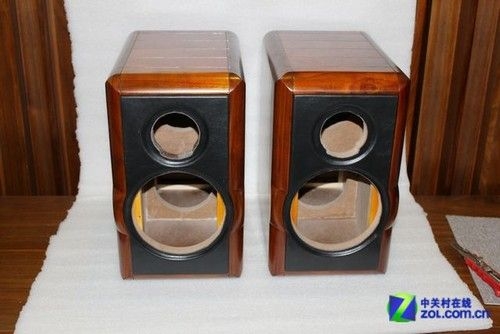 Large cabinet, good density and better anti-resonance performance
Large cabinet, good density and better anti-resonance performance
â— Box size
The size of the cabinet refers to the size of the speaker. Generally, the size should be as large as possible. The larger the volume of the speaker, the thicker the material selected for the speaker cabinet, the higher the density of the material, and the more anti-resonance performance. Ok, so you can enjoy the high quality sound effects.
â— Sensitivity
This indicator indicates the sound pressure level measured at 1 meter in front of the axis perpendicular to the speaker plane when a 1W, 1000Hz sound signal is input to the speaker. Usually the lower the input signal, the higher the sensitivity of the speaker's response. In general, the sensitivity of the speaker is 3dB, and the sound pressure of the output will be about doubled. According to the regulations, the sensitivity of 87dB is set to the mid-range level, and the lower than 84dB is called the low sensitivity. At a size of 90 dB, it is called high sensitivity. Often, the sensitivity of the speaker is often increased at the expense of distortion, so the sensitivity of the speaker should not be too high.
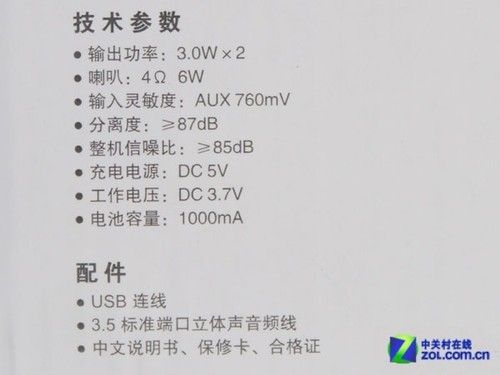
Sensitivity and signal-to-noise ratio parameters are available on the general speaker's parameter list.
â— Signal to noise ratio
The signal-to-noise ratio indicates the ratio of the sound signal and the noise signal played back by the speaker under normal conditions. It directly affects the sound quality of the speaker. Generally, the lower the signal-to-noise ratio, the lower the input signal, the more likely the speaker is to have more serious noise, and the sound in the entire range becomes murky. I don’t know how to send it. What is the sound. In order to ensure the sound effect, it is recommended that speakers with a signal-to-noise ratio of 80dB or more can be included in the purchase range.
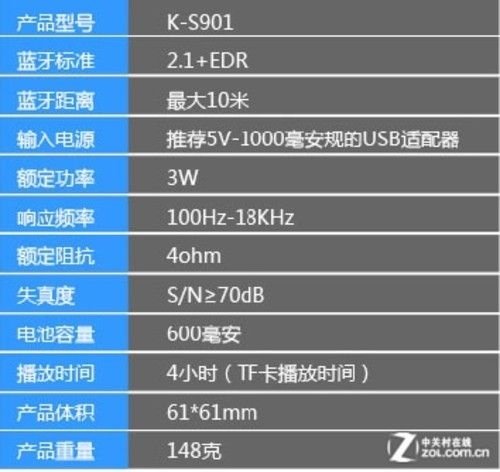 Even Bluetooth audio values ​​will be marked
Even Bluetooth audio values ​​will be marked
â— Scalability
The scalability indicator indicates whether the speaker supports simultaneous input of multi-channel audio signals, whether it has an output interface connected to a passive surround speaker, whether it supports USB input or other digital input forms. In general, a speaker with high scalability will have better adaptability in the future, and the compatibility with other multimedia devices will be better. Therefore, it is recommended that you choose a speaker with high scalability. Make sure your speakers won't be eliminated in a few years.
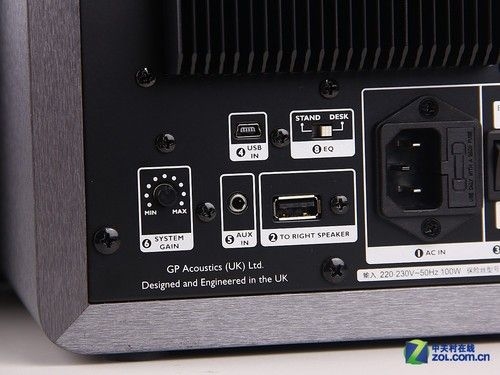 The expandability of the speaker interface is also quite noteworthy.
The expandability of the speaker interface is also quite noteworthy.
Written at the end:
Some of these parameters can be said that everyone often notices, but for the degree of distortion, the ratio of noise to noise, only some old fans can fully understand and pay attention, and most people may ignore this. Although as a normal speaker consumer we have no meaning to fully analyze the rationale of these parameters, but in the most basic way to know how these parameters are up to standard is still necessary.
encapsulated power transformer,EI low frequency transformer,Industrial transformer,power supply transformer,alarm system transformer
IHUA INDUSTRIES CO.,LTD. , https://www.ihua-magnetics.com